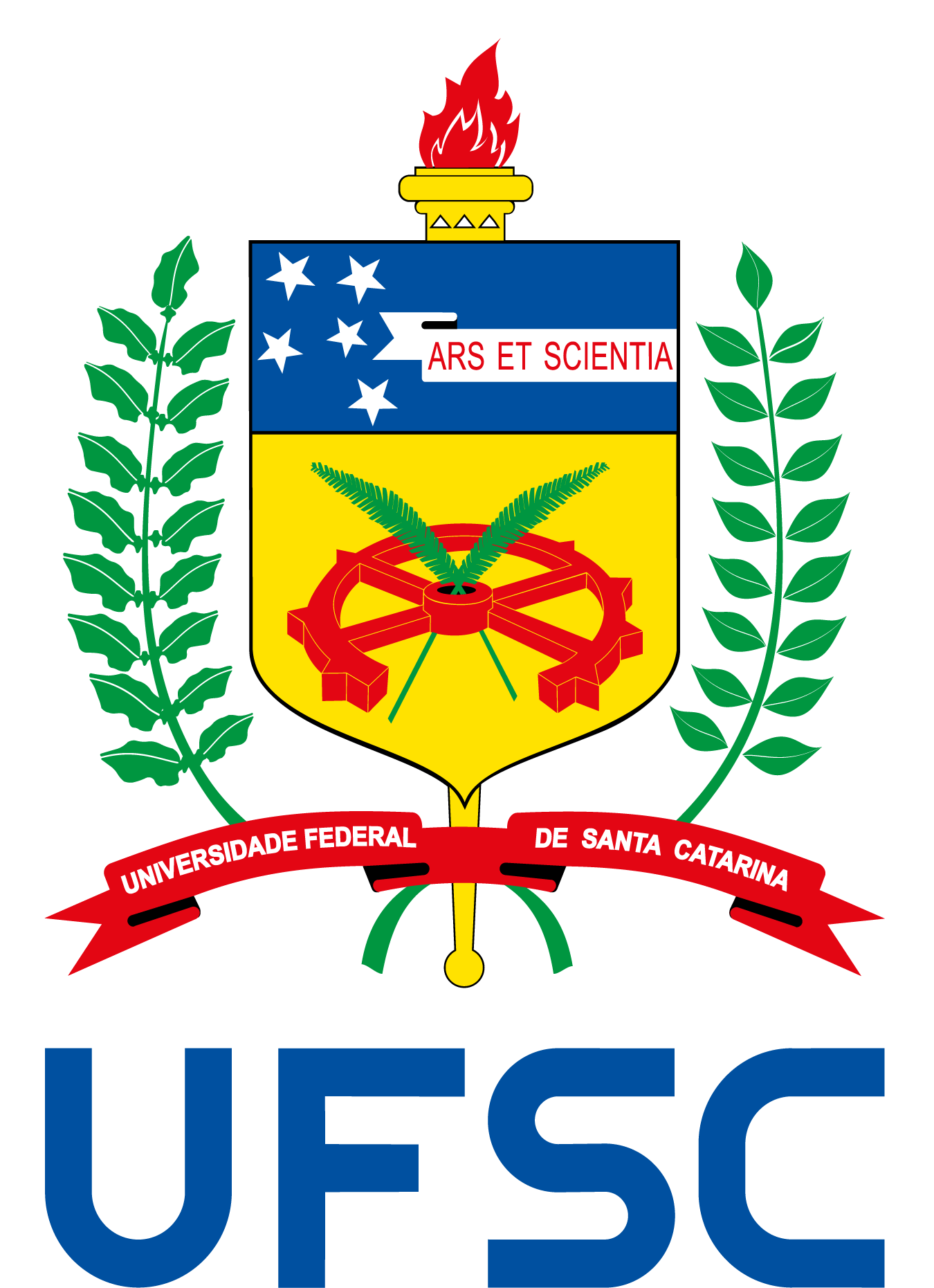Seminar with prof. Prof. Dr. Gilberto Medeiros – 17/March/2017 – 10h15min
THE PHYSICS GRADUATE PROGRAM invites everyone to the seminar:
Memristors: a primer and perspectives
Prof. Dr. Gilberto Medeiros
UFMG
Abstract:
Memristors are one class of devices that cannot be described or emulated by association of resistors, capacitors and inductors. A pinched hysteresis is usually the fingerprint of memristive behaviour [1,2]. Beyond simple modelling presented in the early 70s [1,2], significant experimental progress has been achieved, to the point where now there are several companies and research teams working with these devices in a number of applications ranging from neuromorphic computing [3,4] to non-volatile memories [5]. Here I will discuss the anatomy of conductive channels in memristors, by means of structural and chemical characterization afterproper identification through pressure modulated conductance experiments [6]. Subsequently, the upper limits of switching speeds of these devices will be discussed [7], as well as our modelling results [8]. Finally, complementing the modelling picture I will conclude showing our latest results on noise characteristics of these intriguing devices [9].
References
[1] L. O. Chua, “Memristor – missing circuit element”. IEEE Trans. Circuit Theory CT-18, 507-519 (1971).
[2] L. O. Chua, & S. M. Kang, “Memristive devices and systems”. Proceedings of the IEEE 64,209-223 (1976).
[3] M. Prezioso, et al. “Training and operation of an integrated neuromorphic network basedon metal-oxide memristors”, Nature 521, 61-64 (2015).
[4] J.J. Yang, D.B. Strukov & D.R. Stewart, “Memristive devices for computing”, Nature Nanotech. 8, 13-24 (2013).
[5] for example, http://www.crossbar-inc.com/
[6] F. Miao et al., “Anatomy of a Nanoscale Conduction Channel Reveals the Mechanism of a High-Performance Memristor”, Adv. Mater. 23, 5633-5640 (2011).
[7] A. C. Torrezan, J. P. Strachan, G. Medeiros-Ribeiro, & R.S. Williams, “Sub-nanosecondswitching of a tantalum oxide memristor”, Nanotechnology 22, 485203 (2011).
[8] J.P. Strachan, et al. “State Dynamics and Modeling of Tantalum Oxide Memristors”, IEEETransactions on Electron Devices 60, 2194-2202 (2013).
[9] W. Yi, et al., “Quantized Conductance coincides with State Instability and Excess Noise inTantalum Oxide Memristors”, Nature Communications, in press.
Date: 17/March/2017 – (friday) – Place: Sala 212 – Auditório do Departamento de Física- Time: 10h15min







